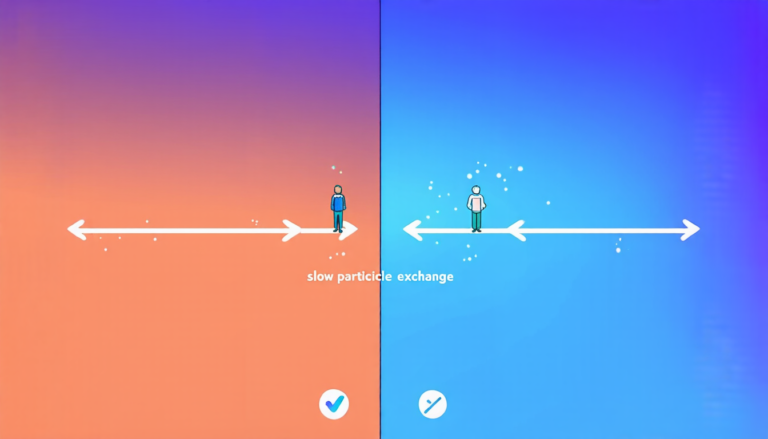Saturday 31 May 2025
Scientists have made a significant breakthrough in understanding how to harness entanglement, a phenomenon where two or more particles become connected and can affect each other even when separated by vast distances.
Entanglement is a fundamental aspect of quantum mechanics, the branch of physics that describes the behavior of tiny particles like atoms and electrons. It’s a mind-bending concept that challenges our classical understanding of space and time. When entangled, particles are linked in such a way that measuring one particle instantly affects the other, regardless of how far apart they are.
The research focuses on using superconducting circuits to create entangled particles. These circuits are essentially tiny loops of wire that can be cooled to extremely low temperatures, making them ideal for studying quantum phenomena. By manipulating the properties of these circuits, scientists can induce entanglement and study its behavior.
One of the key challenges in harnessing entanglement is controlling the interaction between the entangled particles. In classical physics, particles interact through physical contact or fields like gravity or electromagnetism. However, in quantum mechanics, particles can become entangled even when they’re not physically touching. This means that scientists need to find ways to manipulate and control these interactions to achieve the desired outcome.
The study demonstrates a new approach to controlling entanglement by varying the energy gap between the entangled particles. The energy gap is a measure of how much energy is required for the particles to interact with each other. By adjusting this gap, scientists can fine-tune the interaction between the particles and optimize entanglement.
This breakthrough has significant implications for the development of quantum computing and communication technologies. Entangled particles could be used to create secure communication channels, allowing for unhackable data transmission over long distances. Additionally, entanglement-based systems could enable faster-than-light communication, revolutionizing our understanding of space-time.
The researchers hope that their findings will pave the way for further advancements in quantum technology. By mastering the art of entanglement harvesting, scientists can unlock new possibilities for computing, communication, and even fundamental physics research.
As we continue to push the boundaries of what’s possible with entangled particles, we’re not only expanding our understanding of the quantum world but also opening up new avenues for innovation and discovery.
Cite this article: “Mastering Entanglement: A Breakthrough in Harnessing Quantum Phenomena”, The Science Archive, 2025.
Entanglement, Quantum Mechanics, Superconducting Circuits, Particle Interaction, Energy Gap, Quantum Computing, Communication Technology, Secure Data Transmission, Faster-Than-Light Communication, Quantum Physics Research.







